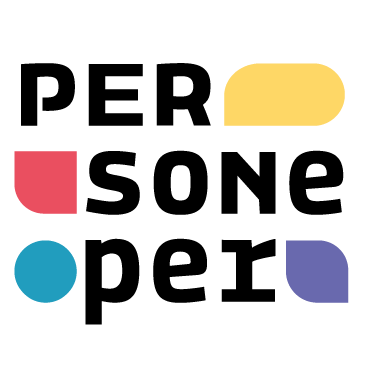Redazione

Progettare accessibile
A new professional development program offered by "Personeper. Accessibility in cultural venues," the national training program designed to improve the accessibility of spaces, content, and services in cultural venues, is available for on-demand access. Aimed at architects and designers, the program consists of three 10-hour courses. "Progettare accessibile" redefines the concept of accessibility and explores its full range, encouraging participants to move beyond mere regulatory compliance and embrace the principles of Design for All.

The exhibition “Le fiabe sono vere… Storia popolare italiana”
The exhibition Le storie sono vere... Storia popolare italiana stands as a true manifesto of public culture, redefining the museum’s role as an accessible space-time to the diversity of contemporary audiences and making accessibility the guiding principle to revive the heritage of Italian traditions.
"Il museo accogliente", Daniele Jalla
Designed for the use of the reception, security, and surveillance staff but, as it turns out, of interest to all museum professionals and aspiring museum professionals, the volume Il museo accogliente. Manuale di pratica museale by Daniele Jalla is available, published by the Scuola nazionale del patriomonio e delle attività culturali. Available in open access, in print format, and digital format.
Cultural Accessibility: Principles and Practices
The first of the four distance learning courses that make up the training offer of "Personeper. Accessibility in cultural venues," a national training plan designed to improve the accessibility of spaces, content, and services in cultural venues, is available on demand. In five hours, open to everyone, the course "Cultural Accessibility: Principles and Practices" promotes a complex, critical, and design-oriented vision of accessibility, covering history and regulations, biases and languages, barriers and solutions.
The first National Training Plan on "Accessibilità nei luoghi della cultura"
Improving the accessibility of institutions and cultural sites, reducing physical, sensory, and cognitive obstacles and barriers that limit participation in cultural heritage. This is the goal of Personeper. Accessibilità nei luoghi della cultura, the national training plan for those working in cultural places to enhance the accessibility of spaces, content, and services.
What does GLAM mean?
The collaboration between museums, archives, and libraries (GLAM) is based on the assumption that these three types of organizations, sharing the mission of conserving and enhancing the cultural heritage they collect, address the same communities, offer similar services, and share working practices.
However, the disciplinary fields of the professionals involved are very different, and the operating models and management and enhancement practices of the organizations are not always compatible.